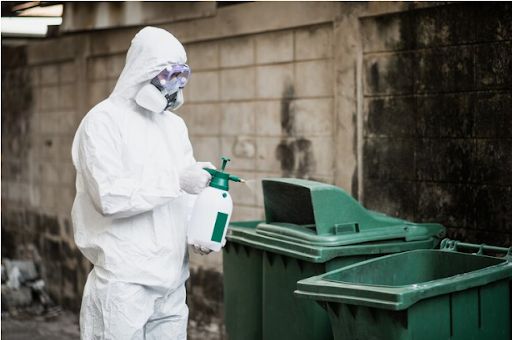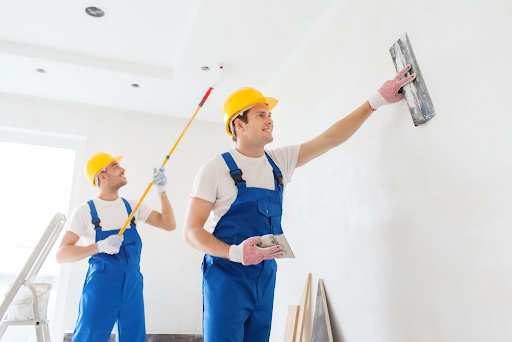Doing Pest Inspection and Pest Control in 4 Simple Steps

Regular pest inspections are essential for protecting your home from pests. From termites to ants pests can cause extensive issues if they go unchecked. Conducting regular inspections is important to proactive pest control, helping to catch problems before they happen.
After inspection, pest control is also necessary to protect your home from damage. Here we will explore how to do pest inspection and pest control in 4 simple steps. Read on!
Preparing Home for Pest Inspection
Preparing your home before beginning pest inspection is essential. This ensures you can thoroughly check every nook and cranny without any hindrance. Start by removing clutter from areas where pests reside, like basements, attics, garages, etc. Clearing out these spaces allows you to identify infestations.
Ensure your home is well-lit, and prepare tools like a flashlight, magnifying glass, gloves, etc. to look at suspected areas clearly and safely. Pay close attention to damp areas and places with food sources. This is because these areas attract many pests, including ants, rodents, and cockroaches.
Pay special attention to areas where plumbing enters or exits the house, as these are common entry points for pests. Check both the inside and outside of the structure to spot possible nests or entry points.
Hiring a Professional Pest Control Service
Once you’ve identified any signs of pests during the inspection, the next step is hiring a professional pest control in your hometown. Local pest control experts bring invaluable knowledge providing pest control solutions tailored to your needs.
These professionals often understand the seasonal patterns, environmental factors, and unique pest behaviors in your area. This is why they can make treatments more effective and longer-lasting.
Finding the right pest control service is quite easy. Begin by researching options in your area and reading reviews to analyze the reputation of different companies. Also, look for certifications and licenses to check credibility.
Conducting an Effective Pest Control Treatment
A well-thought-out pest control plan tailored to the specific pests in your home will be most effective. One of the most important steps in pest control in your home is identifying the pest correctly.
The effectiveness of a treatment plan depends on knowing precisely what type of pest you’re dealing with. For example, termites require different treatment than ants or cockroaches.
During treatment, remember to wear protective clothing and gloves, especially when dealing with chemicals. Ensure ventilation by opening windows and doors if you’re using indoor sprays. Apply pesticides only in areas where pests were spotted during your inspection.
Post-Treatment Actions to Prevent Pest Recurrence
After completing a pest control treatment, focus on preventing pests from returning. Effective post-treatment measures can include blocking pest entry points, storing food in sealed containers, and closing trash bins.
Maintain a clean, clutter-free environment to reduce hiding places for pests. Another effective method to cope with pests is controlling moisture in your home. Pests, particularly insects like silverfish, cockroaches, and termites, are attracted to damp areas.
Regular follow-up inspections after treatment can prevent unnoticed pest infestations. These inspections don’t need to be as comprehensive as the initial one but can be focused on areas where previous signs were discovered.






